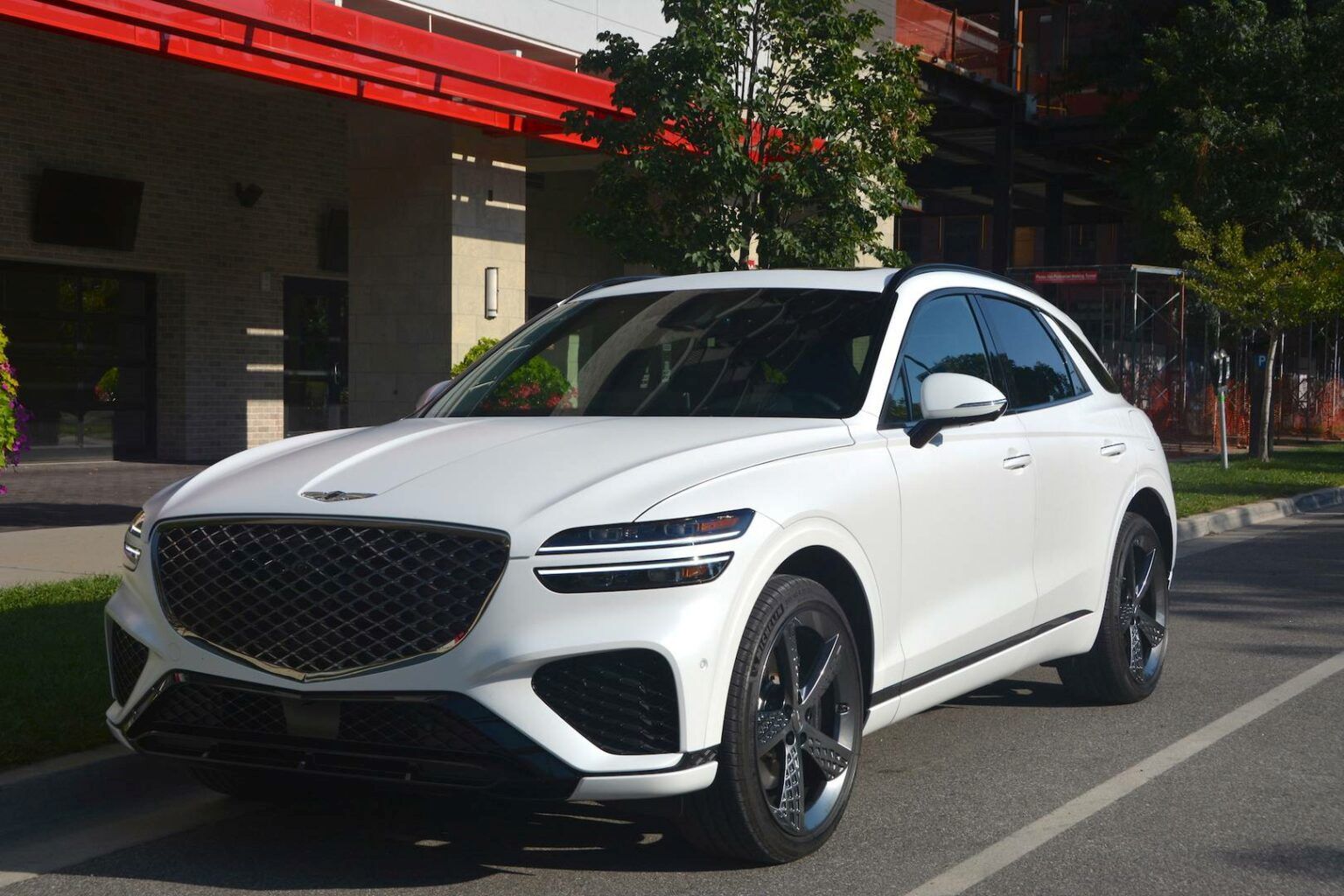In the United States, crossovers have become the default choice for many families, gearheads, and commuters alike.
But when you’re shopping for a performance-oriented crossover one that blends power and handling with utility reliability matters just as much as 0-60 times.
A common complaint among early owners is that performance models often develop rattles, squeaks, and interior trim issues within the first couple of years.
That’s especially frustrating after spending upwards of $40,000 on a new ride.
Here are 10 performance crossovers that not only deliver thrilling drives but also maintain their structural integrity and cabin quality well into the second year of ownership and beyond.
1. Mazda CX-5 Turbo
The CX-5 Turbo isn’t the fastest in its class, but it’s one of the best balanced. Its turbocharged 2.5-liter engine makes 256 hp on premium fuel and gives it surprisingly sporty dynamics.
More importantly, Mazda’s commitment to quality pays off in a tight, rattle-free cabin that ages well. Owners routinely report that the CX-5 feels as solid at year three as it did on day one.
The 2019 Mazda CX-5 introduces significant updates, including newly available features, a new range-topping trim, and—most notably, its first-ever turbocharged engine.
This latter addition is big news, as the CX-5 had previously been criticized for its limited powertrain options. Now, buyers can opt for a 250-horsepower turbocharged 2.5-liter four-cylinder engine, which comes exclusively with all-wheel drive and is only available on the top two trims.
Among these is the all-new Signature model, which elevates the CX-5’s luxury quotient with features like additional wood and chrome interior accents, ambient lighting, rich brown leather upholstery, exclusive exterior enhancements, and a 360-degree camera system with both front and rear parking sensors.
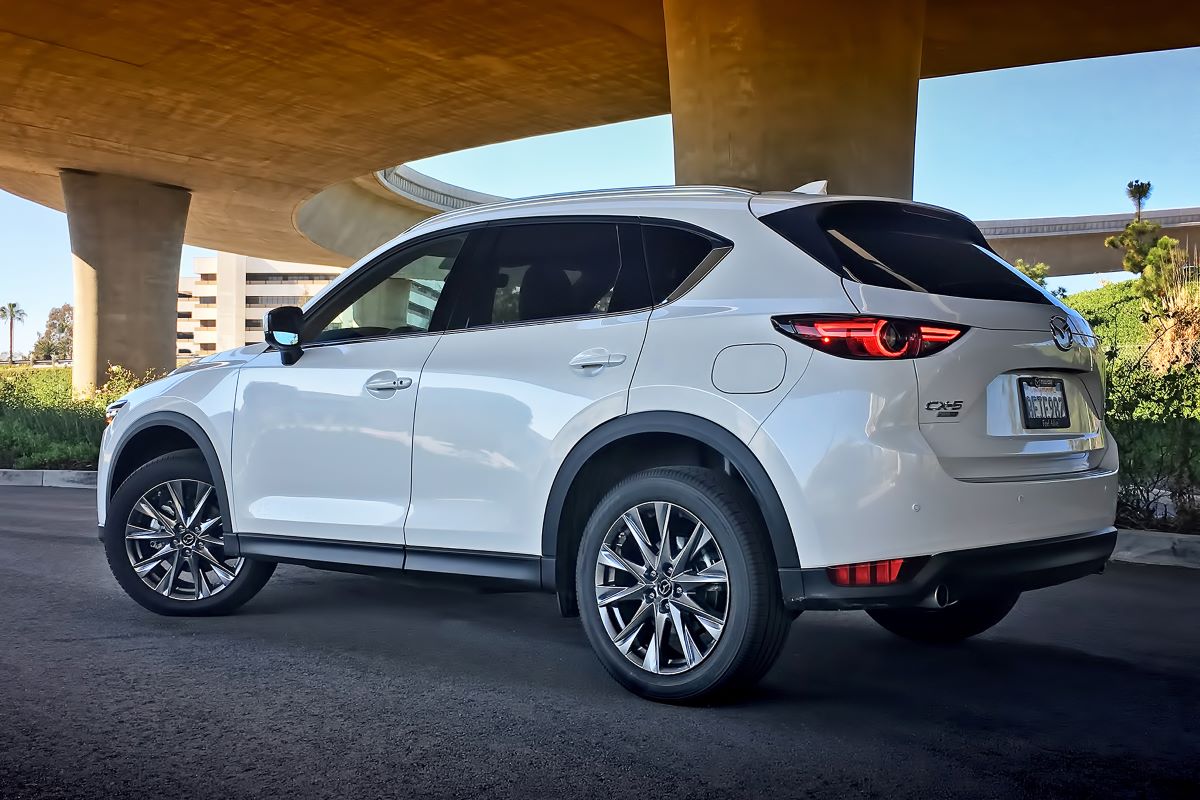
Across the lineup, every 2019 CX-5 benefits from revised suspension and steering, along with the latest version of Mazda’s G-Vectoring Control Plus system, whose advantages have been noted in prior evaluations.
The infotainment system has also been upgraded to support Apple CarPlay and Android Auto. Additionally, a diesel four-cylinder engine finally joins the lineup, although it delivers less power than the turbocharged option and is restricted to the most expensive trim.
The Touring model stands out as the best value, offering more standard equipment than the base Sport while being several thousand dollars less than the top-tier trims.
For those who desire or require all-wheel drive, it can be added for an additional $1,400. Every Touring trim comes equipped with upscale touches like heated front seats, a leather-wrapped steering wheel, and a leather-wrapped shift knob.
Advanced features such as adaptive cruise control and automatic high-beams are also included. For an even more enhanced experience, we’d recommend opting for the Preferred Equipment package, which adds a premium Bose audio system, a power-operated liftgate, and a sunroof.
Also Read: 5 BMW Engines That Last and 5 That Drain Your Wallet
2. BMW X3 M40i
BMW’s X3 M40i offers a near-perfect blend of performance and luxury. With a 382-hp inline-six and all-wheel drive, it’s quick clocking a 0-60 in under 4.5 seconds but the bigger surprise is how well its interior holds up.
Unlike some older BMWs that were known for creaks over time, the X3 M40i features tight tolerances, high-quality materials, and minimal NVH (noise, vibration, and harshness), even after thousands of miles.
With its 248-hp turbocharged 2.0-liter four-cylinder engine, the rear-wheel-drive sDrive30i and all-wheel-drive xDrive30i deliver sufficient power to handle almost any traffic situation with ease, though they don’t offer a particularly thrilling experience.
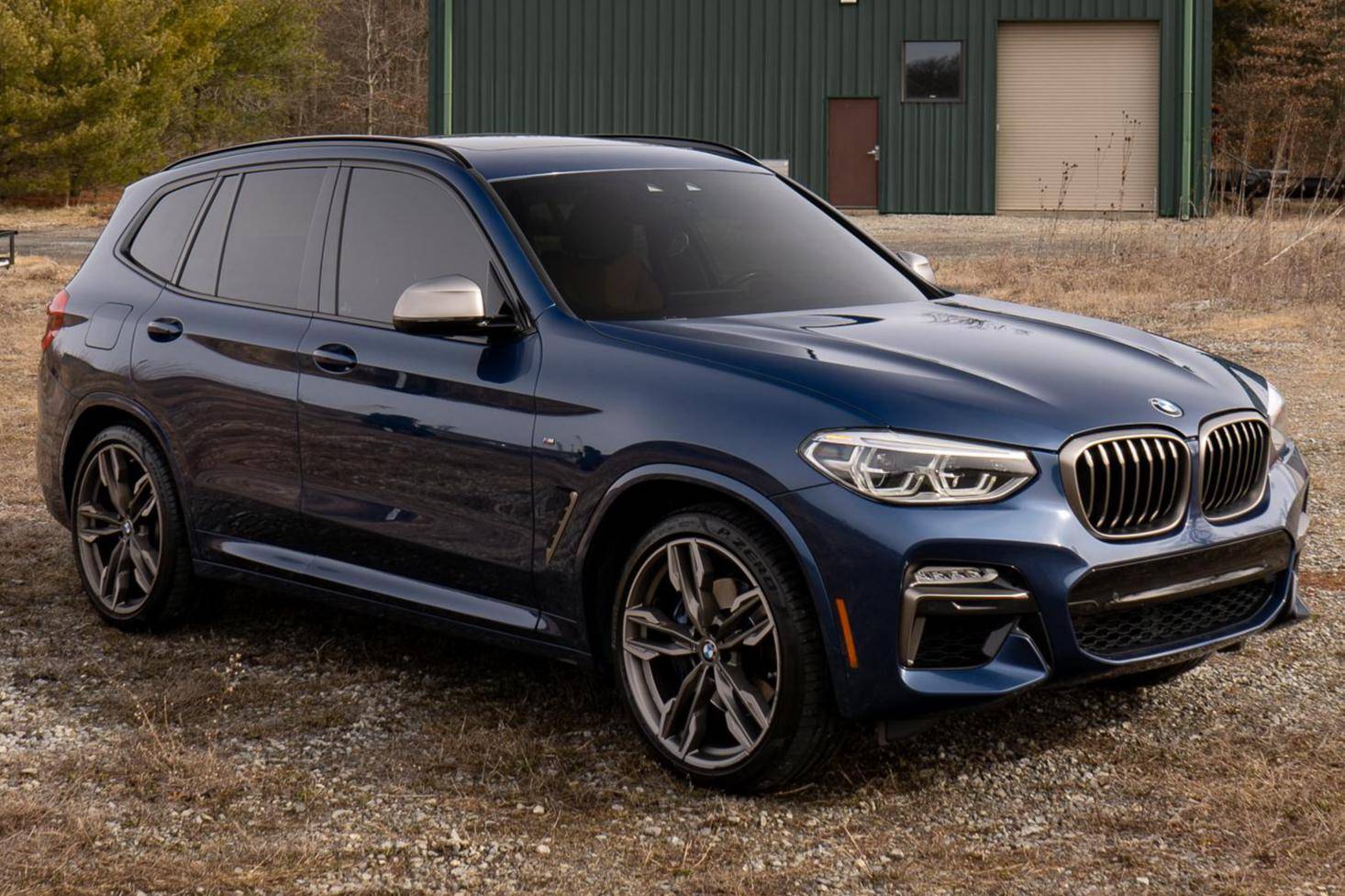
During testing, the xDrive30i reached 60 mph in 6.2 seconds; however, the sDrive30i and the plug-in hybrid xDrive30e have yet to be tested.
This variant’s 382-hp turbocharged 3.0-liter inline-six engine delivers near-brutish power, managing a 0-to-60-mph sprint in just 4.4 seconds, outpacing every rival except the most powerful versions of the Macan Turbo and the Mercedes-AMG GLC43.
Behind the wheel, the X3 remains more composed than some of BMW’s current sedans, providing an engaging drive with a surprising willingness to carve through corners, even if it doesn’t quite match the athletic prowess of the Macan. Ride quality strikes an ideal balance, firm enough to convey an inspired feel without becoming harsh over uneven pavement.
3. Genesis GV70 3.5T Sport
Hyundai’s luxury sub-brand Genesis has stunned the market with vehicles that offer both style and substance. The GV70 3.5T Sport packs a 375-hp twin-turbo V6 and drives like a performance sedan.
Its interior, loaded with premium materials and a surprisingly refined layout, remains impressively quiet and rattle-free even after long-term use something often confirmed in owner forums and long-term reviews.
The 2026 Genesis GV70 stands out as something of an enigma in the compact luxury SUV segment. While BMW offers both the boxy X3 and the sleeker X4 to cater to different buyer preferences, and Mercedes-Benz builds the GLC in both traditional SUV and coupe-like versions, Genesis takes a different approach.
The GV70 comes in only one form, featuring an aggressively raked roofline that sacrifices some cargo space in favor of a striking silhouette. This SUV is high on style both inside and out, packed with luxury and advanced technology that make it an exceptional value in its class.
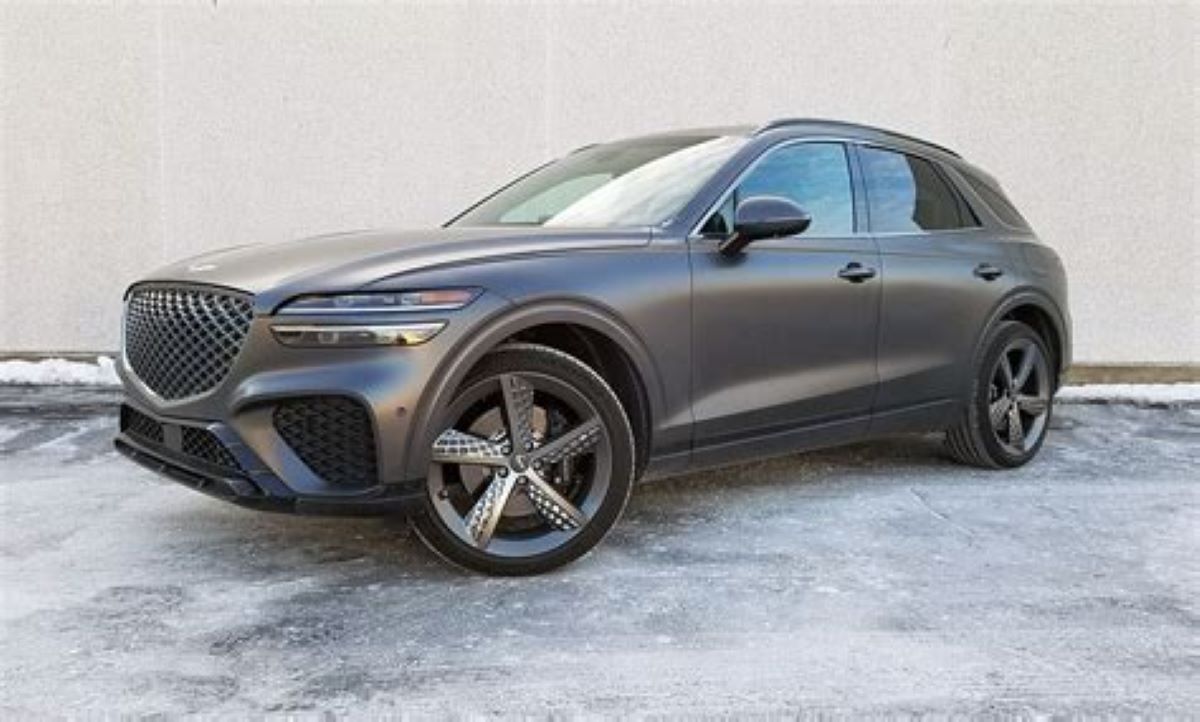
When it comes to updates, the 2026 GV70’s styling changes are subtle but noticeable, while the real advancements lie in its technology, which reveals its benefits only through firsthand experience.
Genesis has fine-tuned the GV70’s lane-keeping assistance for smoother performance and enhanced the available automated parking system to handle diagonal spaces, adding to its existing ability to navigate parallel and perpendicular spots. The separate digital instrument cluster and infotainment touchscreen have been replaced with a sleek, single integrated display, creating a more seamless user interface.
Additionally, the GV70’s voice-control system has been expanded to manage functions like climate settings and windows. Thanks to new over-the-air update capability, Genesis can continue to improve these features and other onboard systems long after the vehicle leaves the showroom.
4. Porsche Macan S
The Porsche Macan may be the smallest crossover in the lineup, but it drives like a proper sports car. The Macan S in particular offers sharp handling and a 375-hp V6.
Porsche’s build quality shines here, with a cabin that’s solid and tightly assembled. This is one of the few performance crossovers that still feels “German bank vault solid” even after tens of thousands of miles.
Given the Macan’s athletic personality, skipping the base model and going straight for the V-6–powered Macan S is the smarter move, as it delivers a significant boost in performance. The Macan S comes standard with a 10.9-inch touchscreen infotainment system, a 10-speaker audio setup, and LED headlights.
While we have not yet tested the turbocharged four-cylinder that powers the base Macan, we did put the 2019 Macan S, equipped with its updated 348-hp twin-turbo V-6, through its paces.
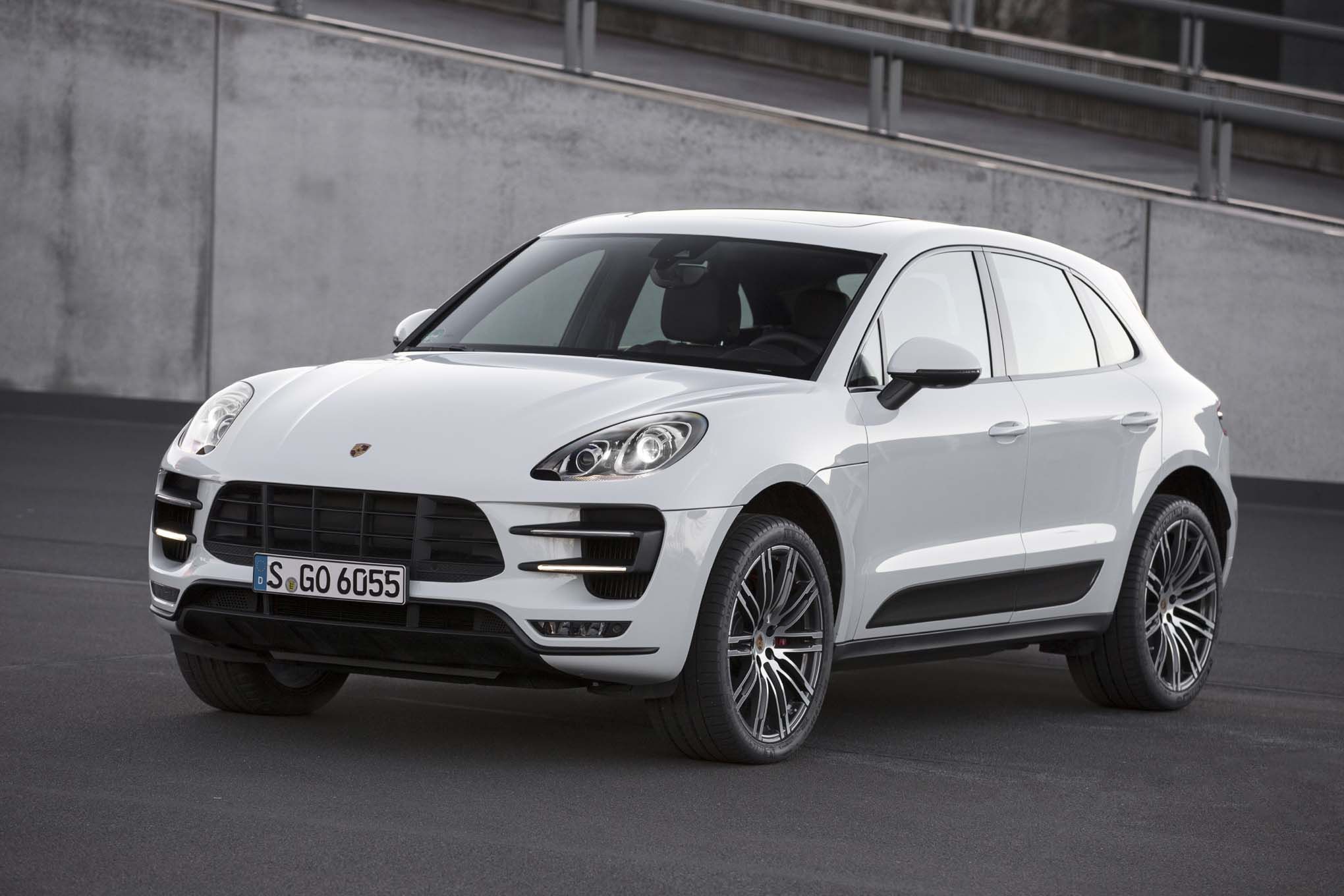
The results were impressive, with a zero-to-60-mph sprint of 4.7 seconds. This is not only slightly quicker than the previous model but also faster than both the Audi SQ5 and Jaguar F-Pace S.
It may be unnecessary for an SUV to accelerate so quickly, but that doesn’t diminish the fun factor. The GTS model, which packs a 375-hp twin-turbo V-6, posted an even faster 3.9-second zero-to-60-mph time, though we review that model separately.
While speed is a standout trait, what truly makes the Macan shine is its overall road performance. It behaves more like a sports sedan than a typical SUV, delivering a ride that is both smooth and well-controlled.
Road imperfections rarely intrude into the cabin, and the Macan’s confidence through corners reinforces its stability and planted feel. The steering, while slightly lighter than in Porsche’s sports cars, remains highly precise and pleasantly responsive.
5. Acura RDX A-Spec
The RDX A-Spec isn’t quite in the same league as some European offerings in terms of horsepower, but its SH-AWD system and firm chassis tuning make it feel more nimble than its specs suggest.
Acura’s reputation for long-lasting interiors holds up with the RDX very few complaints of dashboard squeaks or door panel rattles surface, even as the mileage adds up.
Budget luxury may sound like a contradiction in the automotive world, yet the 2022 Acura RDX thrives exactly at that intersection where affordability meets refinement. While there are some compromises to accept, the RDX holds its own impressively against pricier small SUVs from brands like Audi, BMW, and Mercedes.
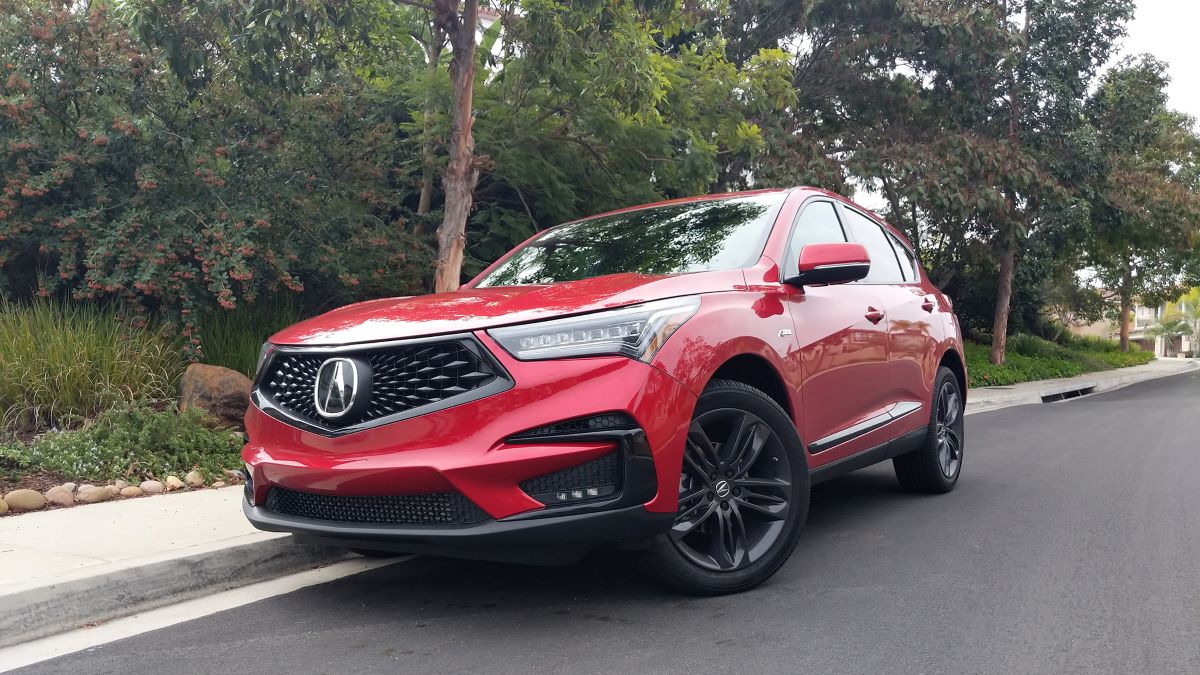
For 2022, Acura has refreshed the RDX with a series of thoughtful updates. The exterior changes are subtle, but the interior receives a boost with a new wireless charging pad and wireless Apple CarPlay and Android Auto connectivity for seamless smartphone integration.
Acura has also added more sound-deadening material along with an active sound-reducing system, both of which contribute to a quieter cabin experience. Mechanically, the RDX remains largely the same, although the available adaptive suspension has been revised to deliver more distinct settings, enhancing both comfort and handling.
6. Ford Edge ST
For buyers who want American muscle in a practical form, the Edge ST delivers. With a 335-hp twin-turbo V6 and sport-tuned suspension, it offers strong acceleration and surprisingly competent handling.
While some earlier Ford interiors were prone to wear, the Edge ST has proven more solid, especially post-2021. Its cabin remains mostly rattle-free even with spirited driving.
That’s where things took a turn for the worse. Ford had set a lofty standard for vehicles wearing the ST badge. Both the Focus ST and Fiesta ST had previously earned invitations to Best Driver’s Car, where they were praised for their character.
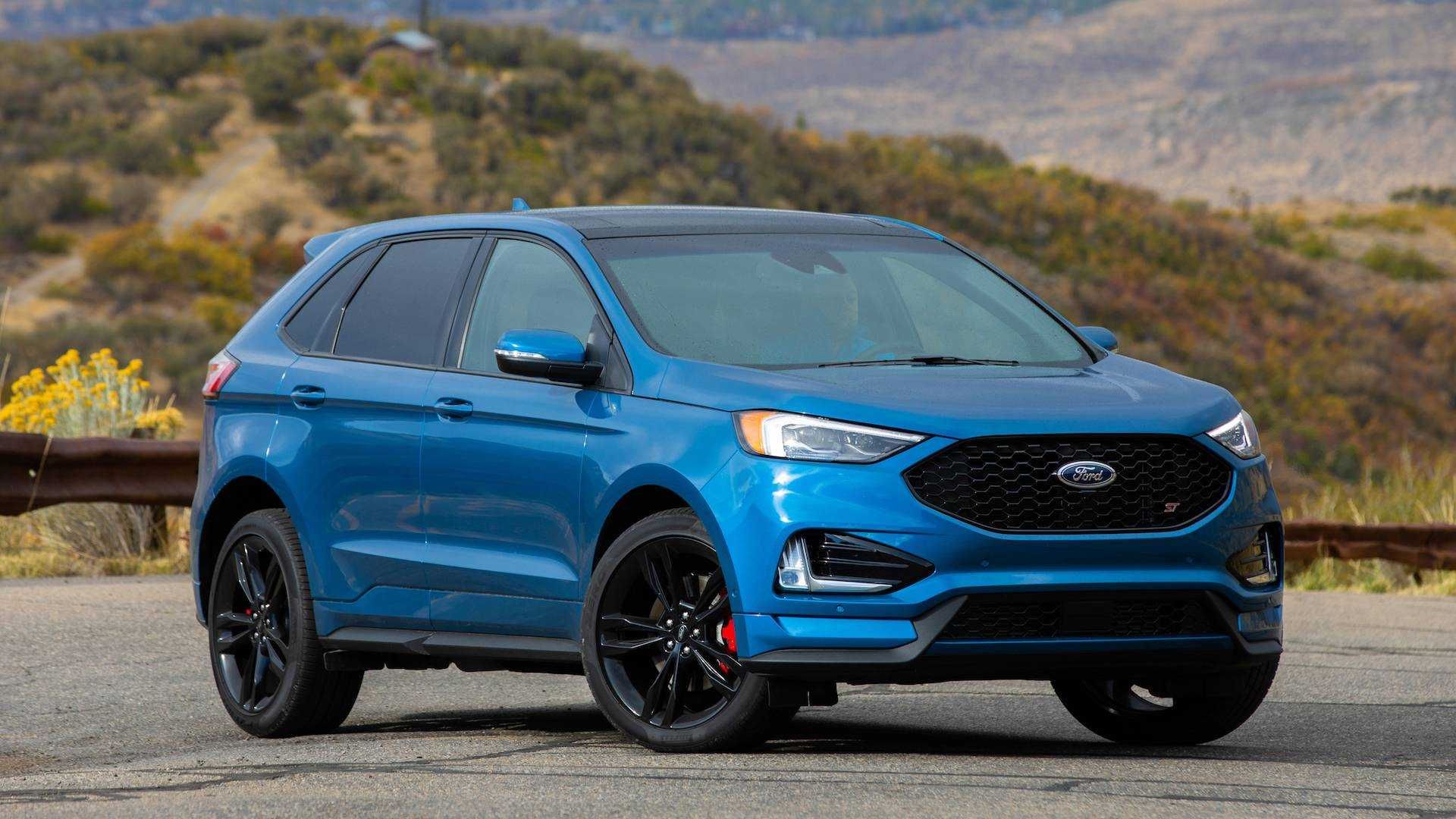
Each of those models felt light and agile, with a predictable mid-corner rotation that made them incredibly fun to fling down a winding back road. They encouraged spirited driving, yet you always felt in control because their liveliness was balanced by a sense of confidence and composure.
Straight out of the box, the only similarities the Edge ST shares with its predecessors, beyond the badge, are its controllability and confidence-inspiring nature.
Equipped with Pirelli P Zero tires and standard all-wheel drive, it delivers abundant grip and stays firmly planted. While that stability is impressive, it comes at the cost of personality. Instead of feeling light and playful like the earlier ST models, the Edge ST is heavy and all business, lacking the spirited liveliness that defined its lineage.
Also Read: 5 Fords Built to Last vs 5 That Need Constant Repairs
7. Volvo XC60 T8 Recharge
The XC60 T8 plug-in hybrid offers both performance and green credentials. With 455 combined horsepower and instant torque, it’s quick and luxurious.
Volvo’s cabins are known for being minimalist but solidly built. The XC60’s quality fit and finish stand the test of time, even after regular use of electric-only mode where cabin quietness can reveal any imperfections. But owners rarely find any.
The Recharge Plug-in Hybrid model appears almost identical to the more conventional petrol and diesel versions lower in the lineup. Only the observant will notice its unique badging and the additional charging flap.
Up front, premium materials, smart space utilization, and meticulous attention to detail combine to create a cabin that’s distinctly Scandinavian, simple, yet elegant.
The 9-inch portrait-style touchscreen on the center console immediately catches the eye, decluttering the dashboard by minimizing buttons and adding a sophisticated, upscale feel accentuated by intricate detailing and rich Scandinavian design elements.
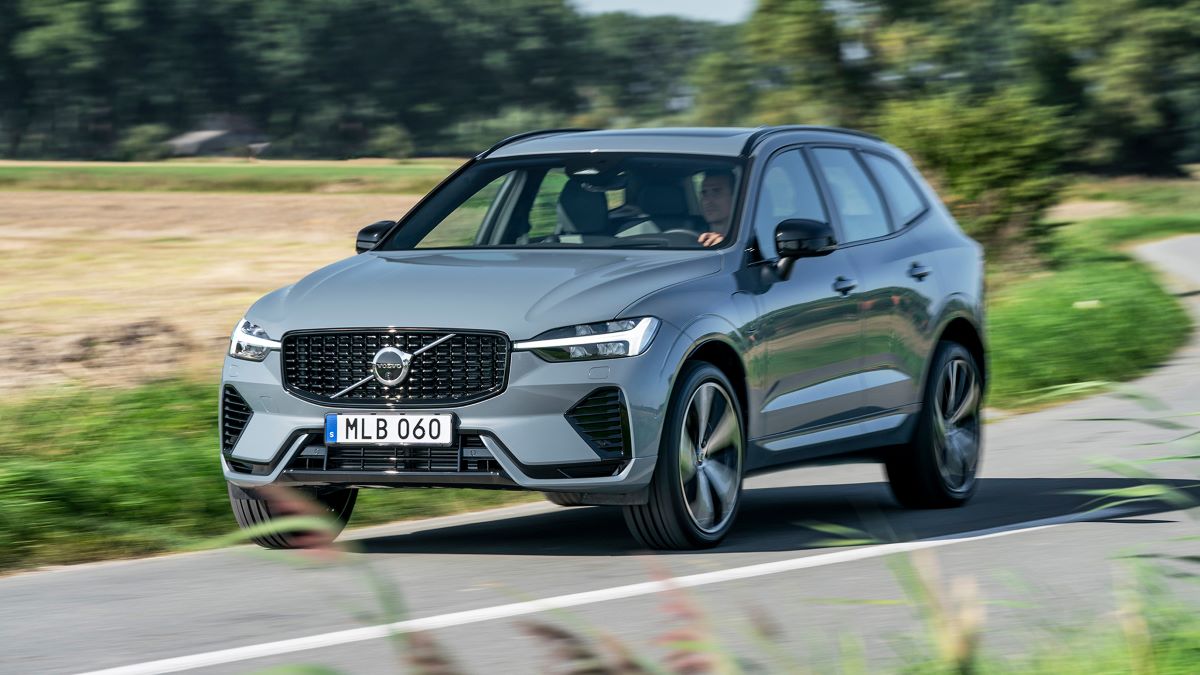
In the rear, two adults will find ample comfort, while three passengers can fit if necessary. A distinctive feature is the hidden storage compartments beneath the rear seat bases, perfectly sized to keep electronic devices, like tablets, safely out of sight.
The boot offers 468 liters of space, slightly less than the 483 liters found in the standard model. When the rear seats are folded, the capacity expands to 1,395 liters, again, just under the 1,410 liters offered by the conventionally powered XC60.
Dealers often claim that the XC60 is the brand’s most reliable model, especially compared to the less dependable XC90. While there aren’t many significant concerns, some electrical and software issues are worth noting. When evaluating a used model, thoroughly test all dashboard and infotainment functions.
There have been reported problems with earlier versions of the Android Automotive OS-based infotainment system, including the dashboard screen repeatedly restarting, app incompatibilities with services like SiriusXM and radio.com, malfunctioning voice commands, issues with Google Assistant, Bluetooth disconnections, telematics failures, and unsuccessful over-the-air updates.
8. Toyota Venza (Limited Trim with Hybrid Boost)
While not marketed as a performance vehicle, the Venza Limited with its 219-hp hybrid system and quick off-the-line torque can surprise you.
Toyota’s consistency in long-term reliability shines here no dashboard squeaks or hatch rattles, even under full acceleration or rougher roads. It may not be thrilling to drive, but it feels as composed in year two as in month two.
The 2024 Toyota Venza is technically categorized as a midsize SUV, yet it shares its underpinnings with the smaller RAV4 Hybrid. This positioning places it somewhere between the compact and midsize SUV segments, with results that are a bit mixed.
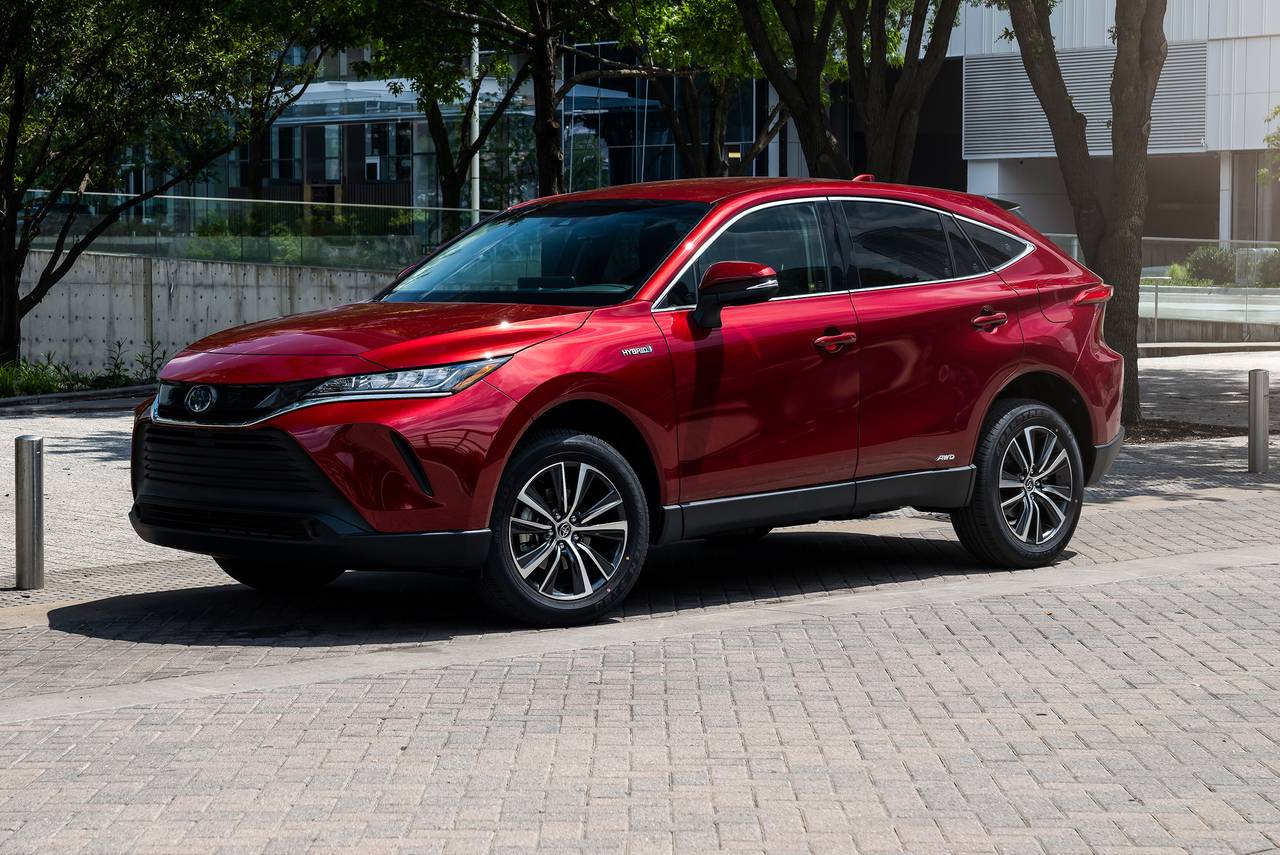
Where the Venza distinguishes itself is in its sleeker exterior design and more upscale interior compared to the RAV4. However, its sharply sloped rear roofline significantly reduces cargo space. Both models excel in fuel efficiency, giving the Venza an edge in this area regardless of whether you consider it compact or midsize.
This marks the final year for the Venza, as Toyota shifts its focus to the upcoming Crown Signia. While the Venza earns high marks for its comfort, fuel economy, and stylish appearance, several competitors deliver greater utility at a lower cost.
9. Audi SQ5
The SQ5 bridges the gap between luxury and sport with its turbocharged V6 and Audi’s signature Quattro AWD. With 349 horsepower and sharp steering, it’s a true enthusiast’s choice.
Audi’s interiors have historically been some of the best in the game, and the SQ5 is no exception. Users report a solid, creak-free experience over multiple years, which is notable for a high-performance model.
The redesigned third-generation Audi SQ5 is set to arrive later in the 2025 model year, promising a significant leap forward compared to the current version.
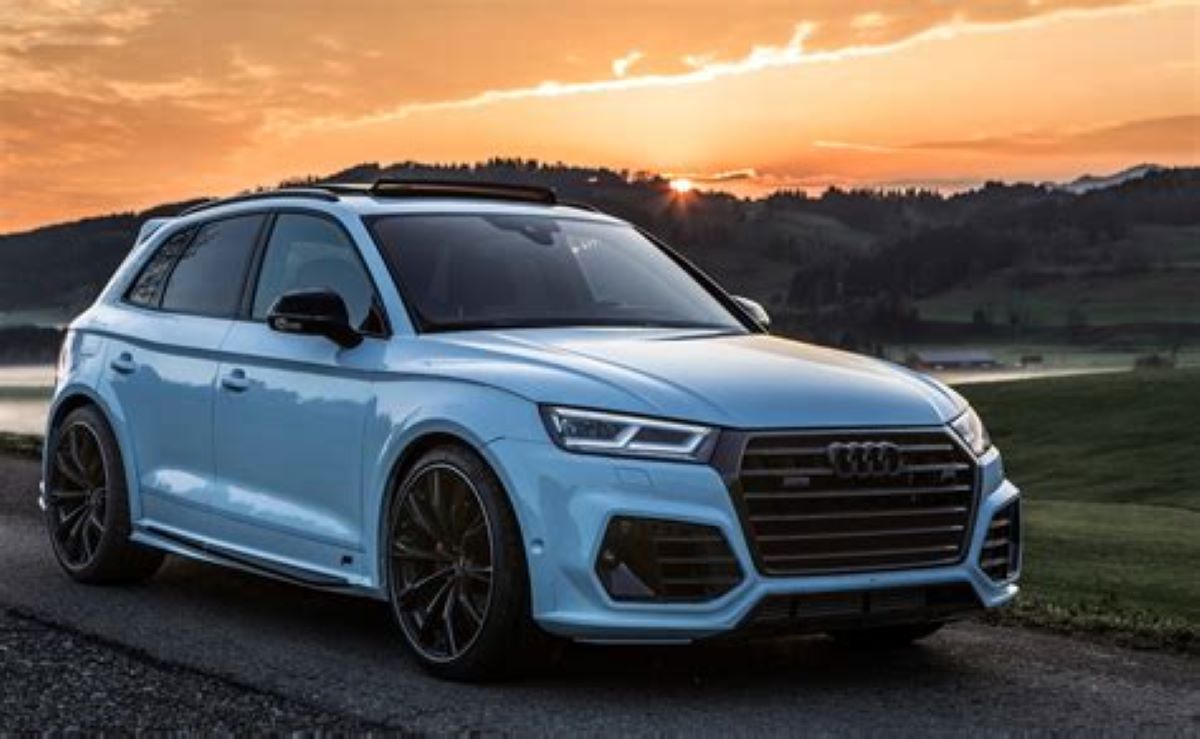
Expect a refreshed interior, a cutting-edge technology interface, and a power increase to 362 horsepower. Still, if you’re not inclined to wait or you favor the outgoing model, dealerships are likely ready to make deals while inventory lasts.
For the 2025 iteration of the current-gen SQ5, updates are minimal, consisting mainly of a few added standard features, including red brake calipers. A standout addition is the new Magnesium Gray package, which outfits the SQ5 with 21-inch turbine-style wheels finished in gold and several exclusive design elements that help it stand out from the rest.
10. Kia EV6 GT-Line
As EVs gain traction, performance versions like the EV6 GT-Line show that you don’t need gasoline to have fun.
It’s quick (0-60 in around 4.6 seconds), handles flat thanks to the low center of gravity, and thanks to the quiet drivetrain has nowhere to hide if the build quality is subpar.
Fortunately, it isn’t. The cabin remains tight, with no panel creaks or trim buzzes even after extended use on rough pavement.
Performance crossovers are no longer niche they’re everywhere. But while most buyers focus on horsepower and acceleration, long-term livability matters just as much.
In 2024, Kia refreshed the EV6 to bring its design more in line with the rest of the brand’s lineup. The update introduced a sharper, more angular front end featuring distinctive LED daytime running lights and, on certain trims, a full-width lightbar.
Despite these tweaks, the EV6 retained its unique silhouette, part oversized hatchback, part SUV, with upright proportions and a cab-forward stance that maximizes interior space without appearing overly boxy.
The EV6 offers impressive electric performance across its range. Depending on the configuration, it delivers between 263 and 361 miles of range, with efficiency rated at 3.3 to 4.3 miles per kWh. Buyers can choose between two battery sizes, 63kWh or 84kWh, and benefit from super-fast charging capabilities.
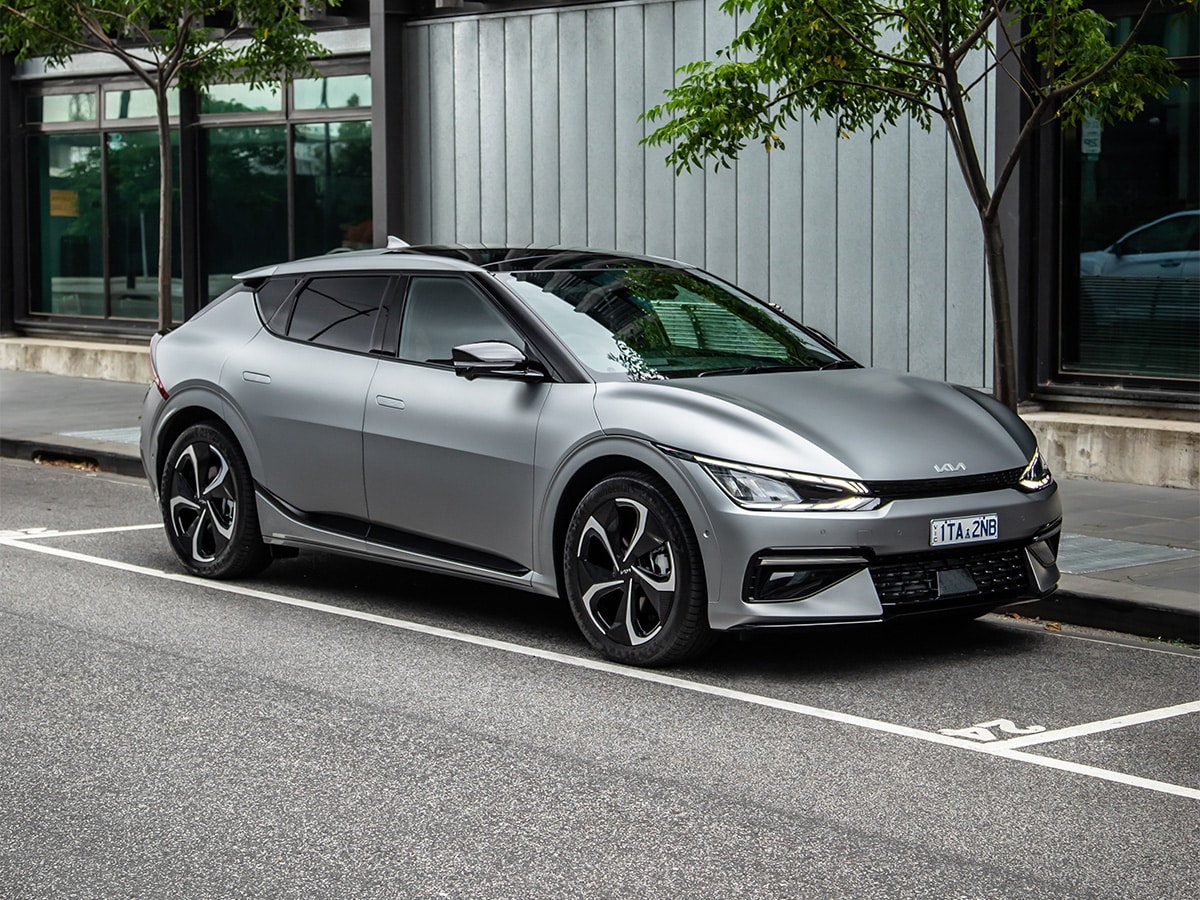
At a 258kW DC charger, the EV6 can replenish its battery from 10% to 80% in just 18 minutes, adding roughly 250 miles of range in the time it takes to make a quick stop. AC charging at 7kW takes about 12 hours for a full charge. Power outputs vary by model, ranging from 225hp to an exhilarating 650hp in the range-topping GT variant.
Inside, the EV6’s clever design translates into excellent practicality. Rear passengers enjoy legroom on par with some luxury sedans, while headroom remains adequate despite the floor-mounted battery pack. The front seats are spacious and comfortable, even in the GT trim where the sportier bolstered seats provide extra support.
Kia has also thought through storage solutions, offering a large compartment perfect for handbags, an easily accessible wireless charger, and sizable door bins. The only drawback is the boot capacity: at 490 liters, it falls short of rivals like the Skoda Enyaq and is significantly outclassed by the Tesla Model Y’s 800-plus liters of cargo space.
Despite its futuristic, Blade Runner-inspired aesthetic, the EV6’s cabin remains user-friendly. Physical controls abound, including an innovative panel beneath the central screen that switches between climate controls and shortcut functions.
Two large 12.3-inch displays dominate the dashboard, while higher trims also include a head-up display. Wireless smartphone connectivity is available, but Kia’s native interface offers enough features to make it a solid alternative.
The EV6 range starts with a version equipped with a smaller battery that just avoids the costly annual road tax supplement. All other models feature the larger 84kWh battery, offering up to 361 miles of range.
While some competitors now exceed 400 miles per charge, the EV6 still provides more than enough for everyday needs. Its super-fast charging capabilities remain a significant advantage, allowing drivers to quickly get back on the road.
At the top of the range, the EV6 GT stands out as a performance powerhouse. With 650hp and a blistering 3.5-second 0–62mph time, it delivers an experience few electric SUVs can match. The GT also borrows innovative features from the Hyundai Ioniq 5 N, including an artificial gearshift and engine note to enhance driver engagement.
Regardless of trim, the EV6 is a joy to drive. Even the base models handle exceptionally well, thanks to suspension tuning that smooths out rough roads while still providing fun on twisty back streets. It’s comfortable on the motorway, agile in the city, and capable of delivering a genuinely enjoyable driving experience.
A cabin that starts rattling six months after purchase can ruin the experience, no matter how fun the drive is. The crossovers listed above prove you can have both: thrills and quality that holds up well into the second and third year of ownership.
For the American buyer who expects both excitement and endurance, these 10 options stand tall in a sea of mediocrity.

